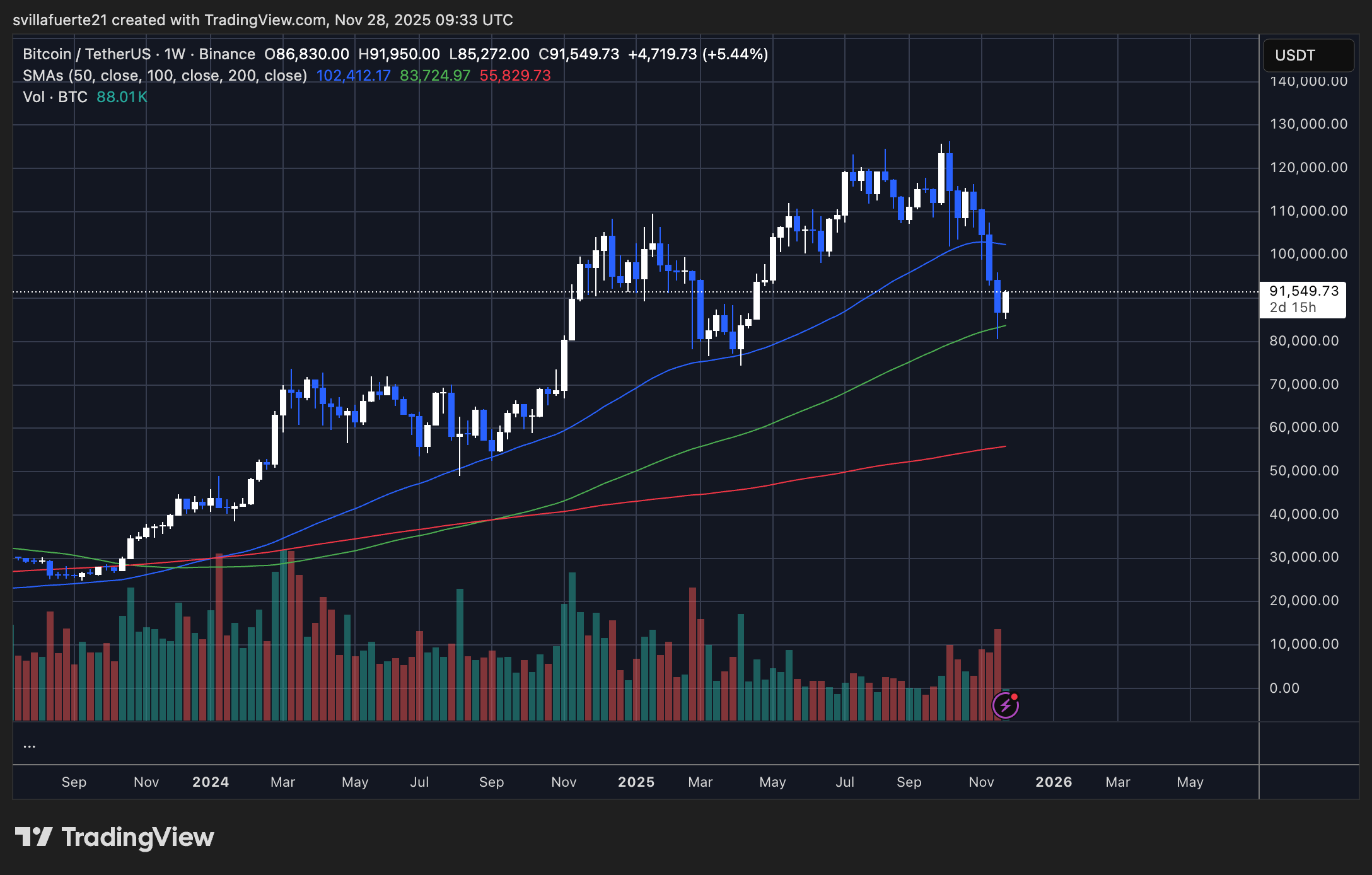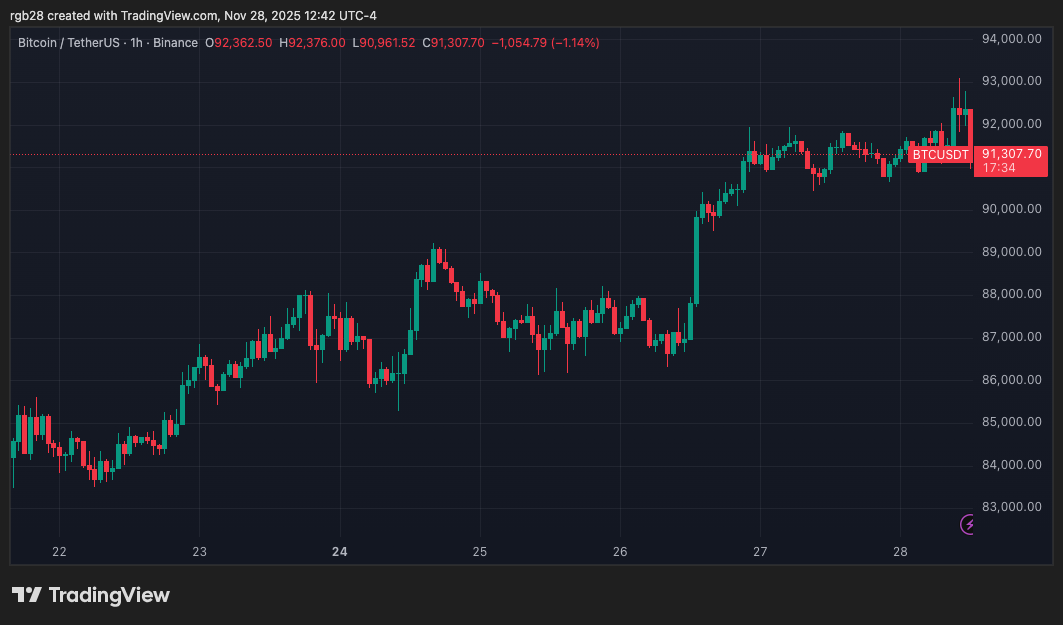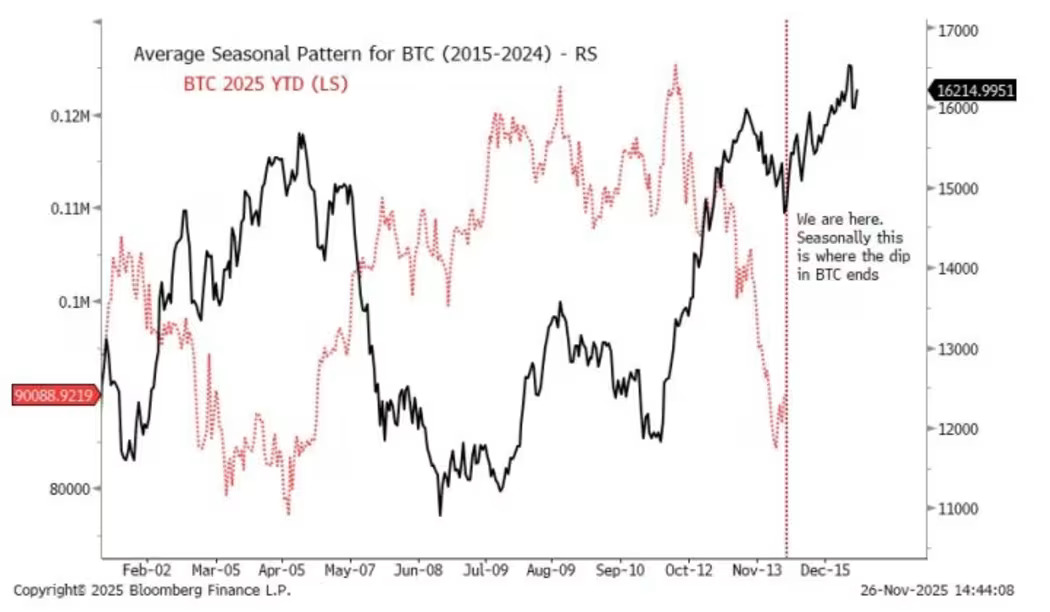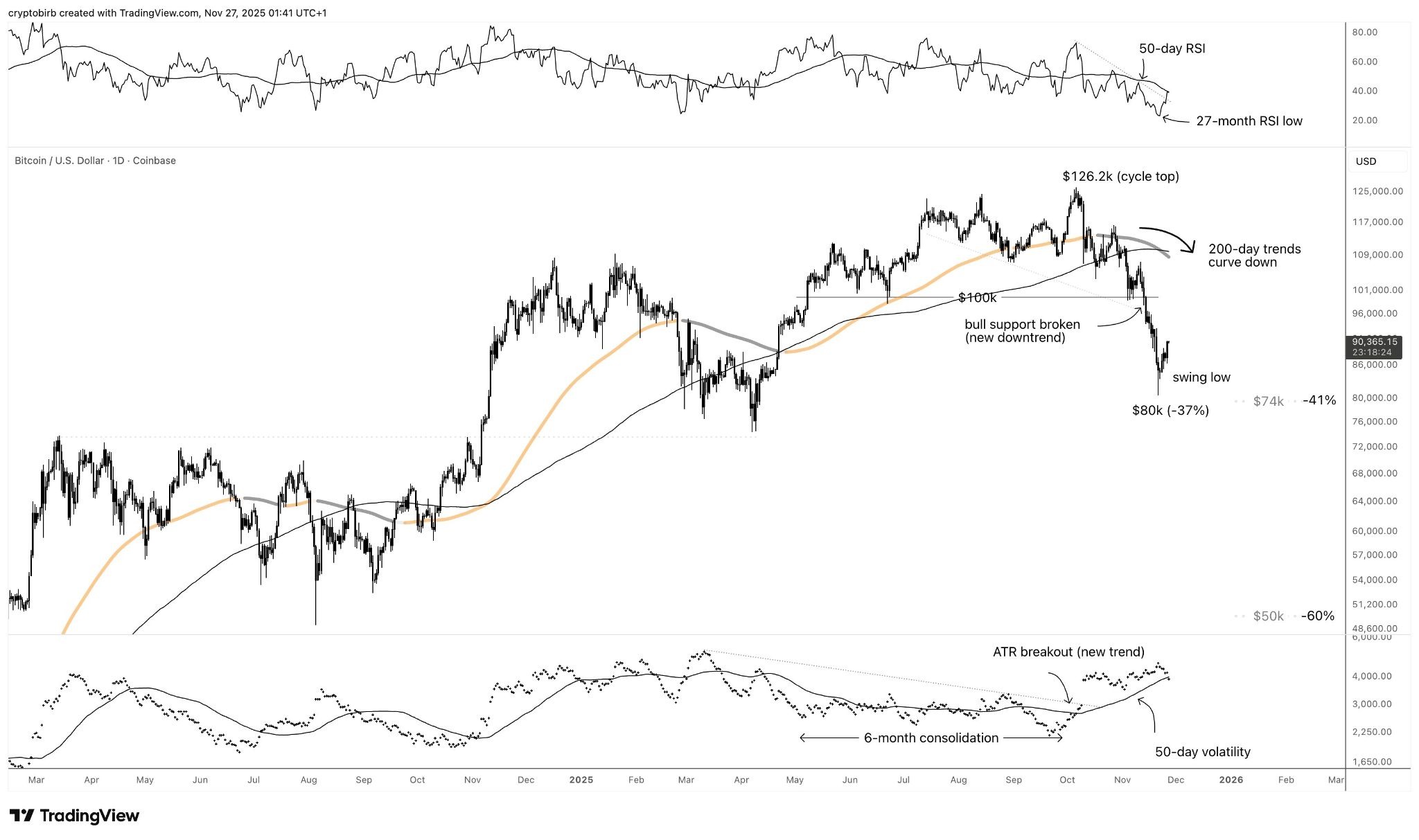Did the NSA invent Bitcoin? Debunking the Myth.
Whispers persist: did the shadowy figures at the NSA conjure Bitcoin from thin air? Despite the intrigue, the truth is far less sensational. Claims linking Bitcoin’s genesis to the NSA, often citing a 1996 paper on electronic cash, crumble under scrutiny. These comparisons are, frankly, grasping at straws. No credible evidence supports the idea that the NSA is Bitcoin’s mysterious creator. The digital currency’s origin remains, for now, a story of cryptographic innovation outside government walls.
No Smoking Gun: The NSA’s 1996 Paper Is Not Bitcoin, and It’s Not Even Close
Whispers in the crypto-verse claim Bitcoin was born in a shadowy NSA lab, fueled by a 1996 paper, “How to Make a Mint.” But scratch the surface of this conspiracy, and the truth emerges: the NSA didn’t – and couldn’t – birth the decentralized revolution. Debunking the myth reveals a reality far more compelling than fiction.
Long before Bitcoin’s genesis block, a ghost from the NSA’s past whispered secrets of digital cash. Unearthed over a decade before Satoshi’s white paper, this forgotten document isn’t a blueprint for cryptocurrency, but a fascinating archaeological dig into the pre-history of digital currency. Imagine a cryptographer’s attic, filled with dusty tomes on public-key cryptography, blind signatures, and cloaks of anonymity. That’s this paper. It meticulously catalogs existing centralized, privacy-obsessed e-cash experiments, dissecting their vulnerabilities like a digital coroner. However, the crucial ingredient is missing: decentralization. It’s a map of the known world, meticulously drawn, but lacking the arrow pointing toward the uncharted territory where Bitcoin would ultimately plant its flag. This absence marks the chasm between academic musings and a revolutionary system.
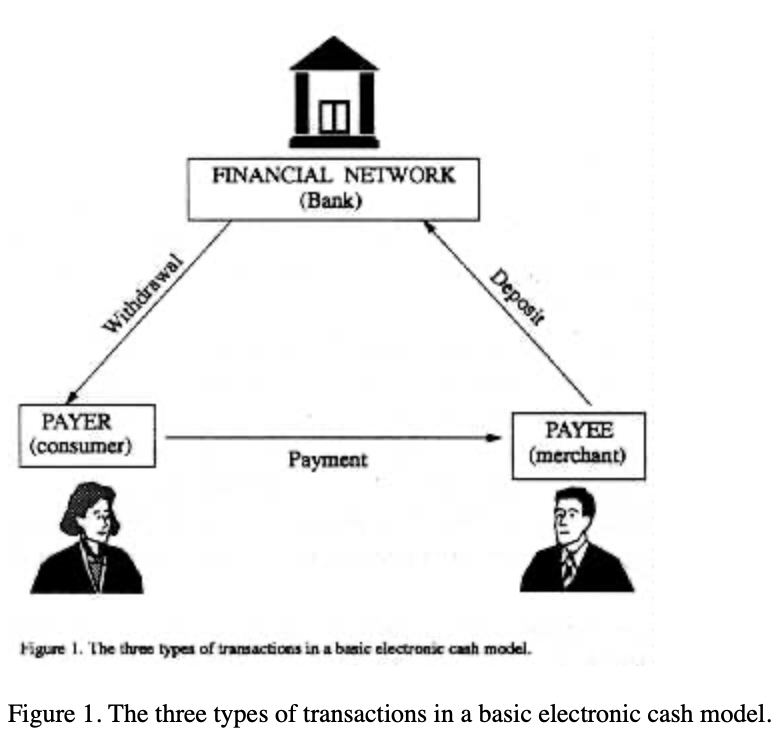
Forget Bitcoin. The NSA once dreamed up its own “anonymous electronic cash” – a far cry from decentralized crypto. Their vision? A system tethered to a central bank, where security hinges on a single point of trust. You can find it buried in their paper, “How to Make a Mint: The Cryptography of Anonymous Electronic Cash.” But don’t expect a revolution – just a centrally controlled curiosity.
Satoshi Nakamoto’s Bitcoin white paper didn’t just introduce a cryptocurrency; it detonated a trust bomb in the financial world. Forget central banks and their iron grip. Nakamoto, a shadowy figure, unleashed a revolutionary concept: a decentralized ledger, the blockchain, powered by proof-of-work. This wasn’t some tweaked version of existing digital cash systems; it was a phoenix rising from the ashes of centralized control. Unlike the NSA’s 1996 blueprint, which still relied on a central financial puppet master, Bitcoin dared to sever the strings entirely, placing power in the hands of the people.
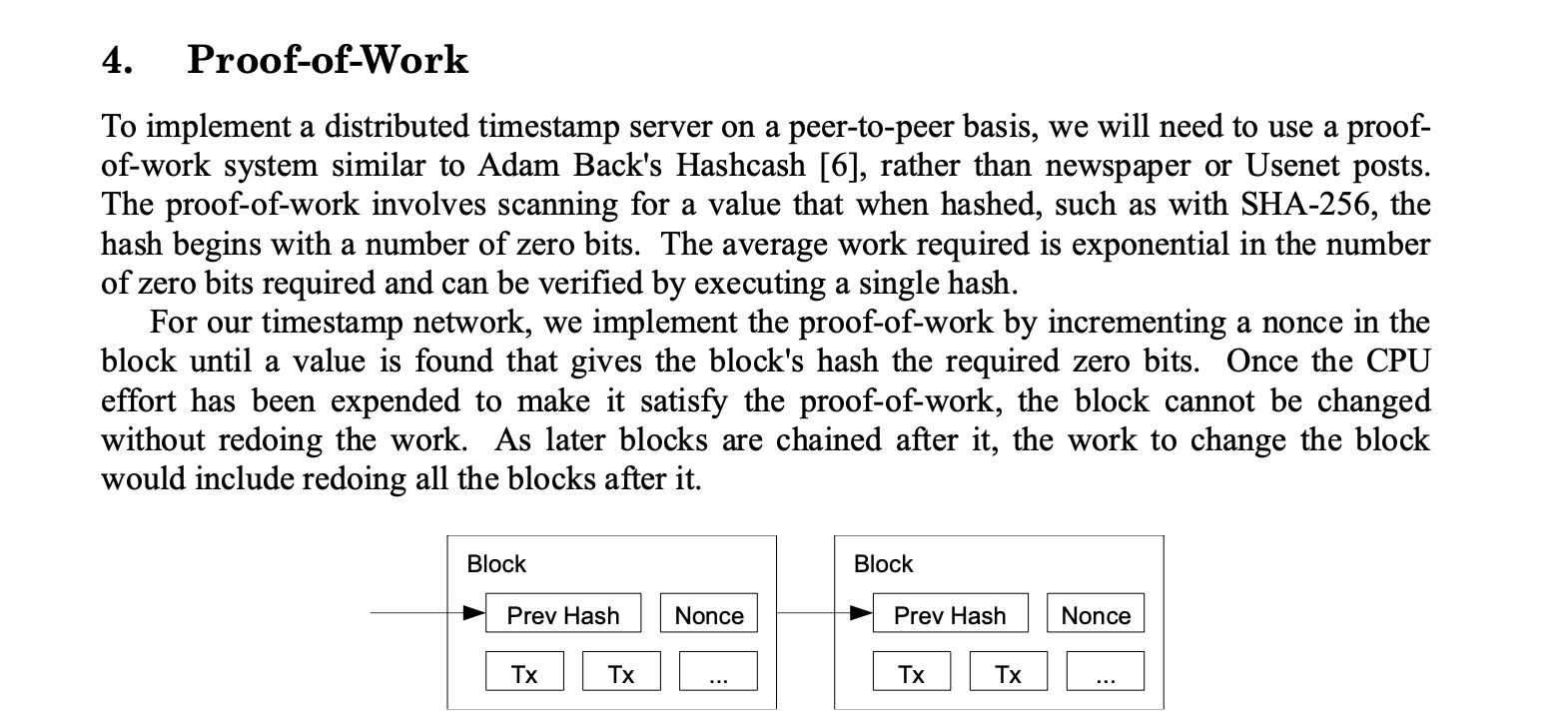
The NSA’s blueprint conspicuously omits Proof-of-Work (PoW), leaning instead on outdated e-cash models. History whispers a warning: these centralized systems have crumbled before. Bitcoin’s white paper, a stark contrast, illuminates a different path.
Is Bitcoin a Trojan horse slipped into the digital age by the NSA? The conspiracy whispers are fueled by smoke, not fire. Cryptography expertise? Check. A stable of math whizzes? Absolutely. Early fingerprints on SHA-256, Bitcoin’s mining engine? Present. But these are threads, not chains. Attributing Bitcoin to the NSA based on these factors is like saying the government invented every website because they helped build the internet. Foundational technology contributions don’t equal authorship. The argument crumbles under its own weight.
No smoking gun. No smoking keyboard. Despite a decade of scrutiny, no leaked NSA memos, no courageous whistleblowers, no rogue code commits whisper of the agency birthing Bitcoin. In a post-Snowden world, where even the deepest secrets eventually surface, the complete absence of evidence screams louder than any conspiracy theory. Ironically, Snowden himself is a Bitcoin advocate, further burying the notion of its shadowy, state-sponsored origins.

Edward Snowden, the name synonymous with NSA leaks and privacy advocacy, is also a Bitcoin believer. But here’s the kicker: isn’t Bitcoin the kind of traceable tech the NSAdreamsabout? Snowden’s endorsement throws a wrench in that narrative. Is he playing 4D chess, seeing something the rest of us miss about crypto’s potential for liberation, or is there a deeper, more complex relationship between surveillance and decentralized currency than we realize?
The hunt for Satoshi Nakamoto often veers into conspiracy, with whispers of intelligence agency involvement. But hold on. Forget the spy games. Linguistic autopsies of Satoshi’s writings point to a different origin story: a British-influenced writer with a libertarian streak and a deep distrust of central banks. Hardly the profile of someone on Uncle Sam’s payroll.
The NSA’s research bears a superficial resemblance to Bitcoin, but dig deeper, and the similarities vanish. Think of it this way: the NSA’s concept uses “blind signatures” an 80s innovation for anonymous, verifiable transactions. Cool, right? Except, it’s still tethered to a bank, like a crypto-puppy on a very short leash. Bitcoin, on the other hand, throws that leash away. It uses public-key cryptography and a decentralized consensus, a digital handshake across the globe, to squash double-spending. Even the NSA admits their system is a law enforcement headache. Translation? Bitcoin’s censorship-resistant, pseudonymous nature is precisely what makes it a game-changer, a rebel yell in the world of finance.
But this theory overlooks a crucial element: the zeitgeist of Bitcoin’s birth. Born from the ashes of the 2008 financial meltdown, Bitcoin emerged as a digital phoenix fueled by distrust in central banks and fury over opaque bailouts. The white paper’s release, and the now-iconic message etched into Bitcoin’s genesis block a nod to a Times headline about bank bailouts screams anti-establishment rebellion. To believe that the NSA, a guardian of state power and surveillance, masterminded such a system is to fundamentally misunderstand, even betray, the rebellious spirit woven into Bitcoin’s DNA.
The NSA paper? It’s a phantom limb in the Bitcoin origin story. It lacks the very DNA of Bitcoin: no blockchain blueprint, no energy-intensive PoW dance, and, crucially, no algorithmically enforced monetary sovereignty unshackled from institutional grip. Bitcoin’s core innovations? Missing in action. The NSA, or any government think tank, never cracked this code.
Bitcoin didn’t materialize from thin air. It’s built on cryptographic foundations, just as airplanes are built on physics. To suggest Bitcoin is merely a rehash of Chaum’s digital cash or the NSA’s blueprints is like saying the Wright brothers didn’t invent flight because Newton laid down the laws of motion. Bitcoin’s innovation lies not just in the ingredients, but in the recipe – a novel combination that birthed something truly revolutionary. Foundational principles are a starting point, not a claim of ownership.

Bitcoin’s allure lies in its anonymity. Born from the digital ether, it thrives unbound by a single entity. Its worth isn’t tied to a founder’s face, but forged in the fires of code, community agreement, and global participation.
The protocol’s blueprints are public; anyone can scrutinize its source code. Its rules are policed by users and miners across the globe. This transparency renders debates about its shadowy origins pointless.
Obsessing over who dreamt Bitcoin into existence distracts from its revolutionary potential. The elegant, trustless architecture renders those origin stories irrelevant, revealing a technology that stands on its own merit.
The NSA created Bitcoin? That’s not just wrong; it’s an insult. It spits in the face of every open-source warrior, every decentralization devotee who’s bled lines of code, built vital infrastructure, and fought to democratize access. This conspiracy theory is pure FUD, a toxic cloud of fear and doubt that obscures the real story of Bitcoin’s grassroots revolution. It’s a narrative that adds nothing but noise to the historical and technical truth.
Think Bitcoin is an NSA plot? That idea crumbles under the weight of Bitcoin’s own architecture. Decentralization isn’t just a buzzword; it’s the bedrock. Conspiracy theories often betray a misunderstanding of open-source power and a fear of systems that operate outside the grip of central authorities.
The rumor that the NSA birthed Bitcoin? Pure digital fantasy. Forget shadowy government plots; the evidence just isn’t there. That 1996 NSA paper everyone cites? It’s about old-school, bank-controlled e-cash, the polar opposite of Bitcoin’s rebellious decentralization. Satoshi Nakamoto’s white paper? Revolutionary. The NSA’s? Utterly silent on the groundbreaking solution to double-spending that makes Bitcoin tick. Until someone unearths some actual proof, let’s call this theory what it is: a conspiracy swirling in the digital void.
Thanks for reading No the NSA Did Not Invent Bitcoin
